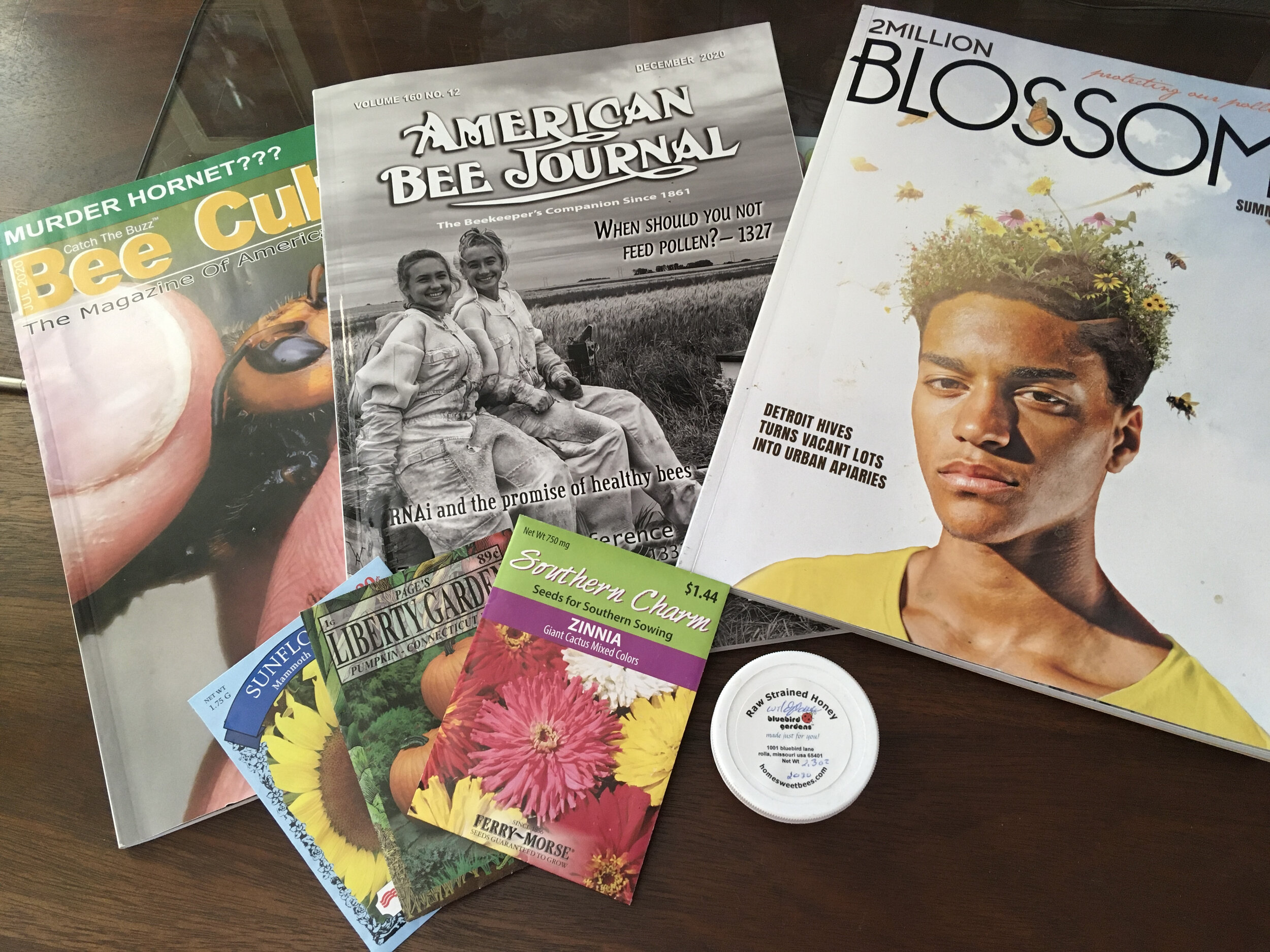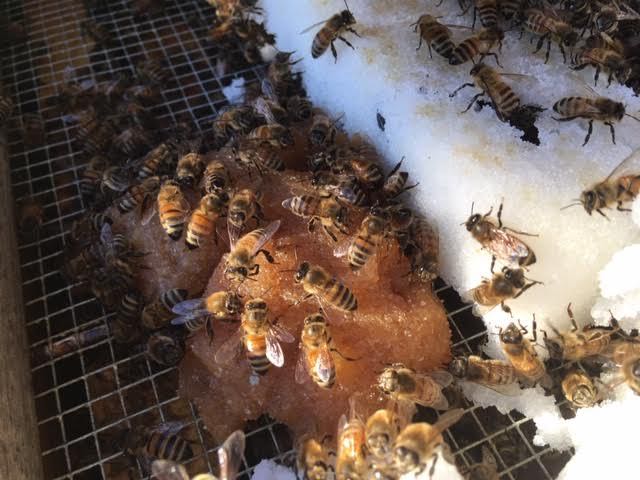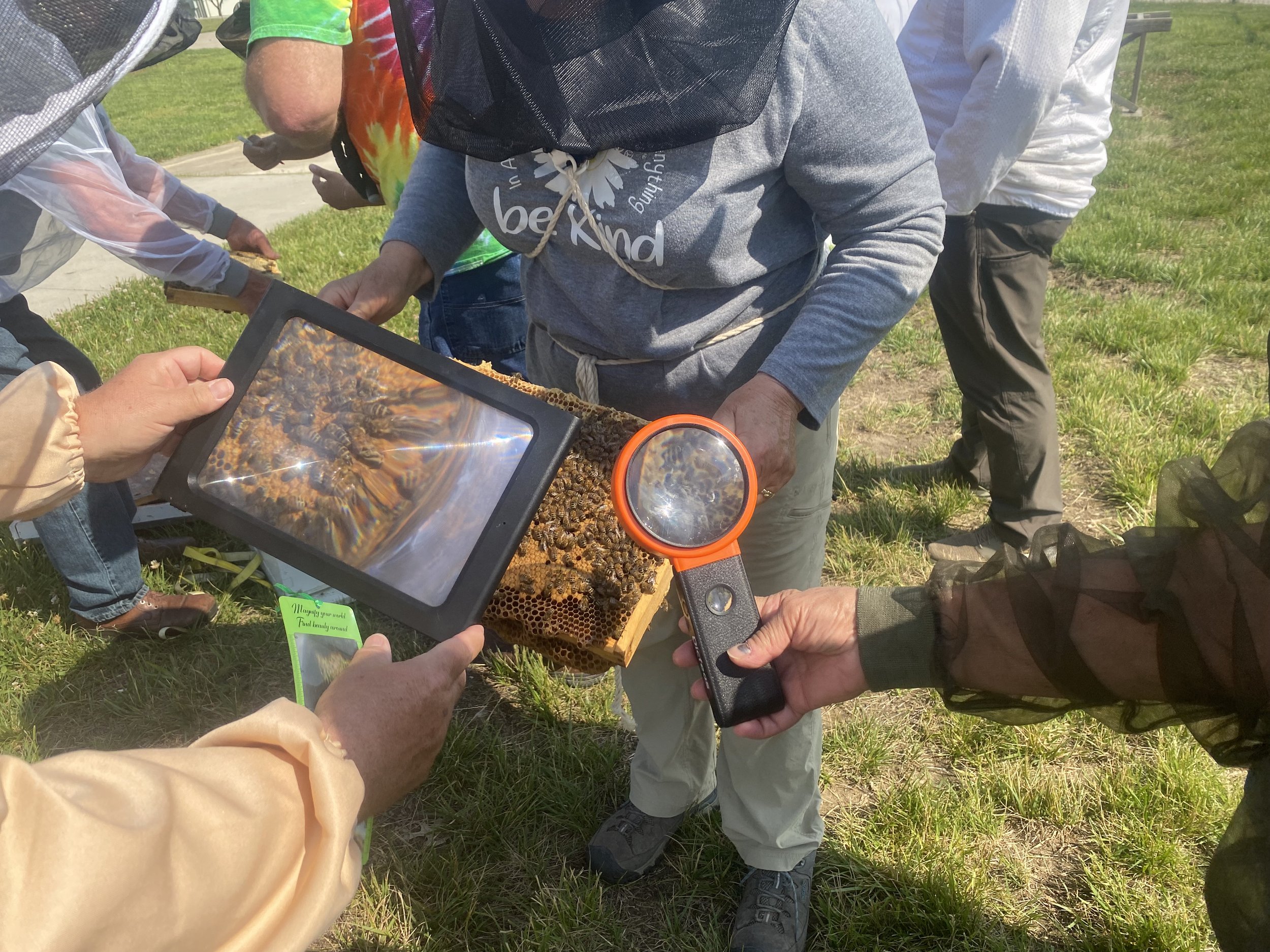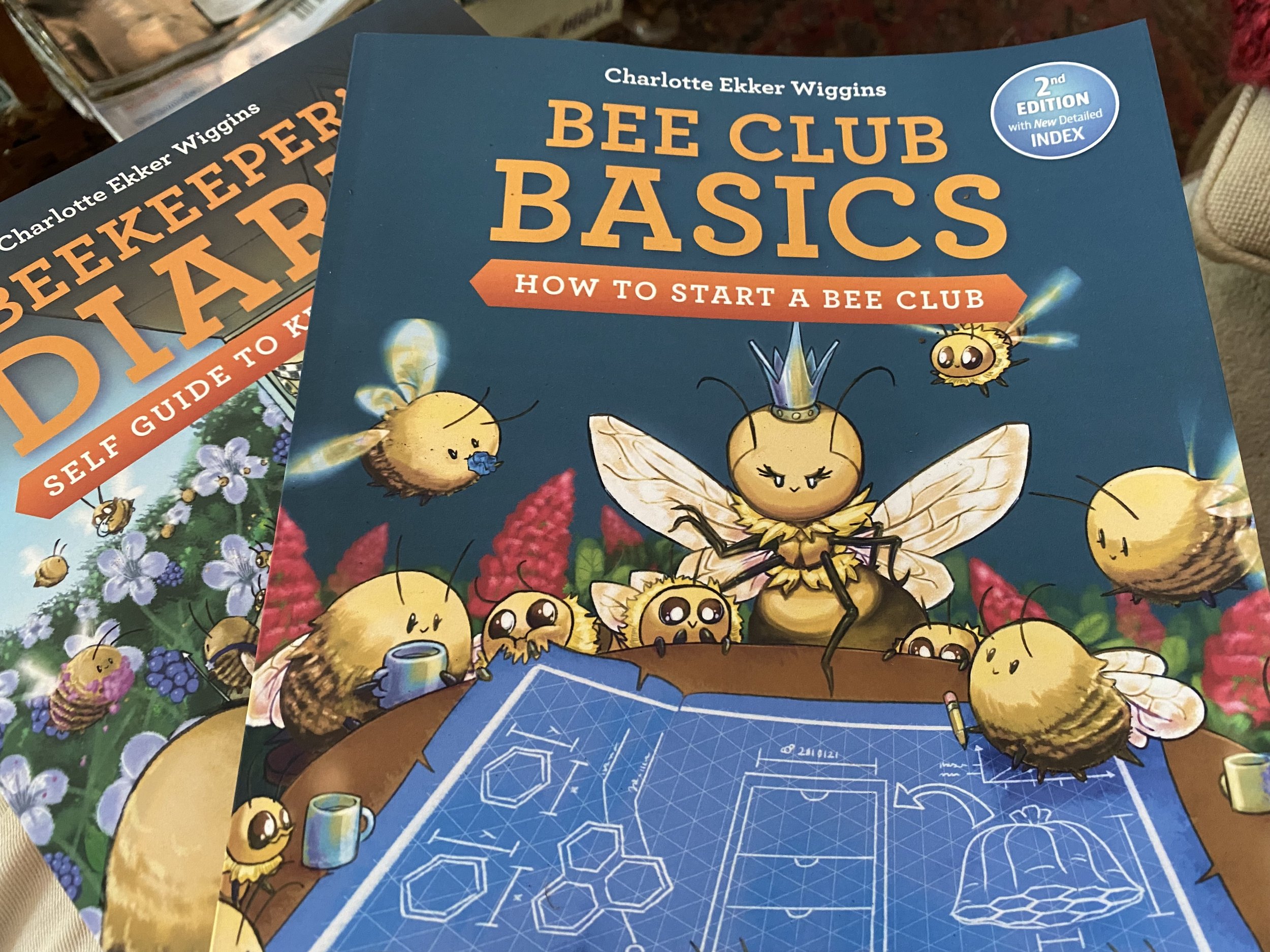Bee Magazines
/Three excellent beekeeping magazines for beekeepers on your gift list. (Photo by Charlotte Ekker Wiggins)
Bee Magazines
The longer I keep bees the more I know what I don’t know; beekeeping is a continuous, life-learning experience. To help beekeepers with the changes and recent beekeeping developments, we are lucky to have three excellent magazines focused on these tiny, fascinating creatures.
i know the editors of all three magazines, all excellent beekeepers themselves with a passion for what they do and the information they share. The following is a short description of each and what the reader can expect to get.
All four are available in both print and digital formats.
American Bee Journal offers a range of interesting, and current, beekeeping information. (Photo by Charlotte Ekker Wiggins)
American Bee Journal (ABJ) magazine is the “oldest English language publication on bees” helping beekeepers for more than 100 years. The magazine includes .monthly crop and market information, scientific and experimental reports, industry news, and display and classified ads.
Annual subscription: $29. You can get a discount for multiple year subscriptions and a 15% discount by being a paid member of Missouri State Beekeepers Association.
You can also request a free sample.
Bee Culture Magazine also offers informational, how to articles. (Photo by Charlotte Ekker Wiggins)
Kim Flotum and Jerry Hayes make sure this monthly publication also has a nice range of articles from beekeeping book reviews to a kid’s page, honey plants and urban beekeeping information. They include a segment that highlights the amateur engineers that beekeepers are, this segment features tips and tricks beekeepers themselves have developed.
Annual subscription: $25 with discounts for multiple year subscriptions.
Free annual calendar with every subscription.
BEEKeeping
Bee Culture also has a quarterly magazine devoted exclusively to beginning beekeepers and their first three years of beekeeping. Since there is such a learning curve getting started, this magazine would be an excellent gift for those who are thinking of getting into beekeeping.
I haven’t personally seen this publication but knowing it comes from Bee Culture I know it will be a quality product.
Annual subscription: $20
One of the fascinating articles in 2 Million Blossoms magazine. (Photo by Charlotte Ekker Wiggins)
Managing Editor Kirsten Traynor is heading into her second year with this elegant quarterly publication about pollinators and what we can all do to protect them. As the former editor of a couple other magazines, Kirsten is developing a network of reporters and photographers around the world who help her highlight the amazing world of creatures that provide us with one out of every three bites of healthy food we eat.
A note for my Canadian friends, there is a separate Canadian edition.
This would be an excellent gift for not only beekeepers but also gardeners on your gift list.
Annual subscription: $35
How to Make This Into a Gift Set
Giving a magazine is not easy unless you can find a previous edition to attach to a subscription card. So how do you make this more immediately special?
Flower seeds are currently still available at home and garden centers so pick up a few to add to the subscription card. Regardless of what magazine you subscribe to, flowers feed bees. You may also be able to find local honey to buy, which is basically the essence of flowers. It takes 2 million blossoms to make one pound of honey.
If you want something more immediate, look for a good pair of beekeeping gloves. Or a smoker. Many home and garden centers are now carrying basic beekeeping equipment. You may also be able to get these ordered online and delivered in time.
I get all three magazines and look forward to catching up on my reading over winter months when my bees, and garden, don’t keep me so busy.















